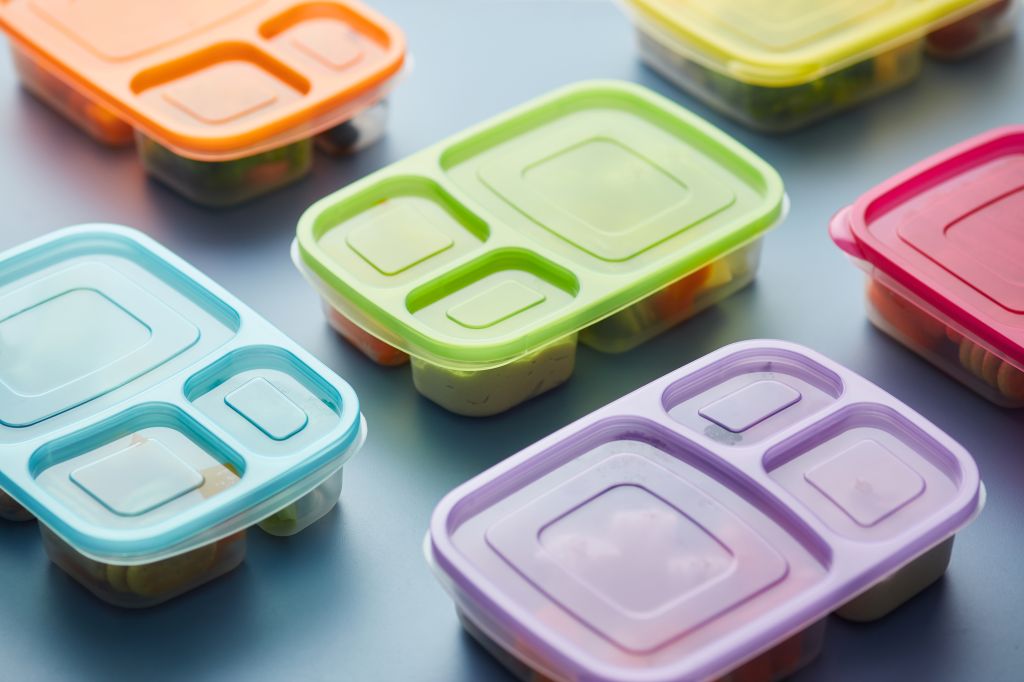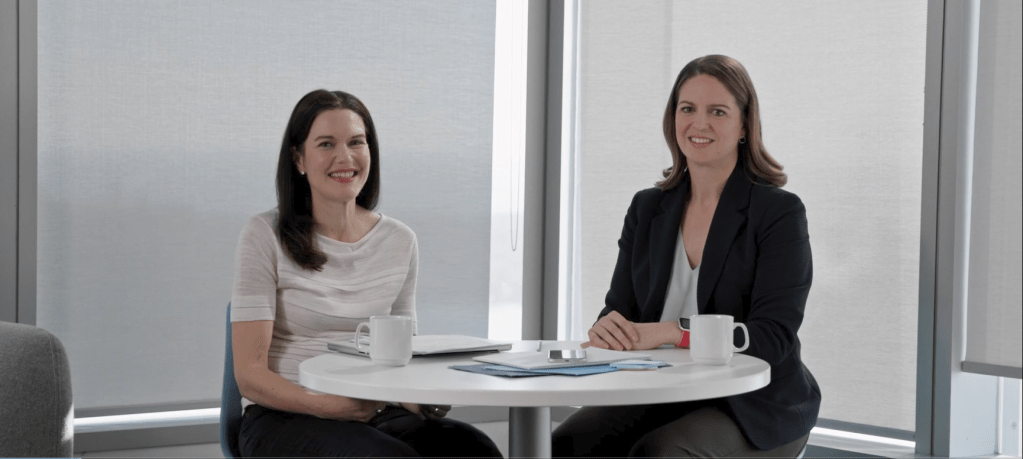Published January 26, 2023 • 6 Min Read
As higher interest rates and a shrinking supply of homes on the market continue to hamper housing affordability, a new registered investment plan is here to help more Canadians enter the housing market.
Announced as part of the federal government’s 2022 budget, the new First Home Savings Account (FHSA) came into effect in April 2023. It allows eligible individuals to save up to $40,000, and combines the tax advantages of two existing registered plans — the registered retirement savings plan (RRSP) and the tax-free savings account (TFSA).
Read on for answers to some key questions about the new account.
1. Can I open an FHSA?
The FHSA is aimed at Canadians planning to buy their first home. To open one, you must be a Canadian resident at least 18 years old (or age of majority in your province) and a potential first-time homebuyer. “First-time homebuyer” in this case means you or your spouse or common-law partner did not own a qualifying home that you lived in as your principal place of residence in the year the account is opened or in any of the four preceding calendar years.
2. How much can I contribute?
You can contribute up to $8,000 per year to an FHSA, up to a lifetime maximum of $40,000. Unused room can be carried over to the next year. For example, if you open an FHSA in 2023 and contribute $6,000, you would be able to contribute up to $10,000 in 2024 (i.e., $8,000 for 2024, plus the remaining $2,000 left from 2023). Carry-forward amounts start accumulating only after you open an FHSA. You can open multiple FHSAs, but the annual and lifetime contribution limits apply to the combined accounts, so be careful with your contributions. There is a 1 per cent tax applied to over-contributions for each month the excess amount stays in your FHSA
3. What are the tax benefits?
The FHSA combines the tax advantages of an RRSP and a TFSA. And when it comes to taxes, this is a big deal. First, like an RRSP, contributions to an FHSA are tax-deductible. So, if you contribute $8,000 you can deduct the same amount from your taxable earnings. You can use the deduction in the year you contribute or carry it forward to a later year, which may be useful if you expect to be in a higher tax bracket in the future. (Note: Unlike RRSPs, any contributions you make in the first 60 days of the year can’t be deducted from the previous year’s income.) Second, if you are making a qualifying withdrawal, you won’t pay tax on that withdrawal. Like a TFSA, this includes principal and potential growth. (All withdrawals from an RRSP are subject to income tax.)
If you are making a non-qualifying withdrawal, then you would pay income tax on the principal and potential growth, just like an RRSP withdrawal.
4. What investments can I hold in the account?
The list of qualified investments for the FHSA is the same as it is for TFSAs. After you contribute to the account, you can choose to invest in publicly traded stocks, ETFs, bonds, etc.
The prohibited investment and non-qualifying investment rules applicable to other registered plans will also apply to FHSAs. Speak to your tax advisor if you have questions on these rules.
5. How is the FHSA different from the Homebuyers’ Plan?
With the government’s existing Homebuyers’ Plan (HBP), first-time homebuyers can withdraw (tax-free and without penalty) up to $35,000 from their RRSP to buy a house. This is considered a “loan” and must be paid back into the RRSP within 15 years.
The HBP isn’t going anywhere when the FHSA launches – and first-time homebuyers can choose to use both together. This means that by maximizing both programs, you could put $75,000 (plus any investment growth in the FHSA) toward a down payment.
You have a maximum of 15 years to save within an FHSA, and the account must be closed in the year you turn 71.
Comparing the FHSA and the HBP:
-
HBP withdrawals must be paid back into your RRSP. FHSA withdrawals do not.
-
The FHSA lifetime contribution limit ($40,000) is higher than the maximum HBP withdrawal limit ($35,000)
-
After you pay the HBP back into your RRSP, withdrawals are ultimately taxed. Qualifying FHSA withdrawals are tax-free.
6. What happens when I want to withdraw the money?
The FHSA is designed for people buying a first home. For this reason, withdrawals will only be tax-free if they meet certain conditions. You must have a written agreement to buy or build your home before October 1 of the year after you make the withdrawal. The home must be in Canada and must be your first, as defined above. You can make one lump-sum withdrawal or multiple, as needed, but the account must be closed by the end of the year after your first withdrawal.
If your withdrawal does not meet the above requirements, it will be included in your taxable income for that year and tax will be withheld. You do not get the contribution room back after making a non-qualifying withdrawal.
7. What if I don’t buy a house?
If you decide not to buy a house, then you can transfer the money you’ve saved (and any investment income earned) directly to an RRSP or a RRIF. There is no penalty and no tax at the time of transfer. However, keep in mind that once in the RRSP or RRIF account, the money will then be taxable when you withdraw based on the rules of those account types.
When you transfer money from an FHSA to an RRSP, it doesn’t change your RRSP contribution limits. It becomes $40,000 (plus any income) of additional contribution room. On the flip side, you won’t get that FHSA contribution room back – once used, it’s gone.
8. Can I contribute to my spouse’s FHSA?
While spousal contributions (and deduction claims) are not allowed, there is an opportunity for spouses and common-law partners to work together to maximize the FHSA. The government made an exception to the “attribution” rules, which means you can lend a spouse or partner money for an FHSA without having to take on the tax burden of any income earned in the account (as would normally happen with a spousal transfer of assets).
9. Can I transfer funds from my RRSP to an FHSA?
Tax-free transfers from an RRSP to an FHSA will soon be available (Tax-free transfers from an RRSP to an FHSA will soon be available, subject to FHSA annual and lifetime contribution limits and the qualified investment rules). However, transfers from an RRSP to an FHSA will not be tax deductible and won’t reinstate your RRSP contribution room.
So, is an FHSA right for you? If you’re looking for a tax-efficient way to save toward the purchase of a home, then it may be. And if you don’t end up buying or building a qualifying home, you can direct the funds toward your retirement.
This article is intended as general information only and is not to be relied upon as constituting legal, financial or other professional advice. A professional advisor should be consulted regarding your specific situation. Information presented is believed to be factual and up-to-date but we do not guarantee its accuracy and it should not be regarded as a complete analysis of the subjects discussed. All expressions of opinion reflect the judgment of the authors as of the date of publication and are subject to change. No endorsement of any third parties or their advice, opinions, information, products or services is expressly given or implied by Royal Bank of Canada or any of its affiliates.
Share This Article






